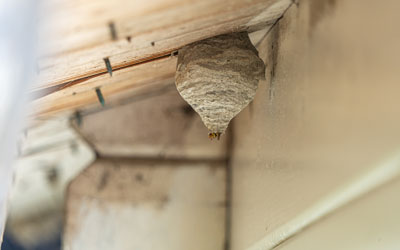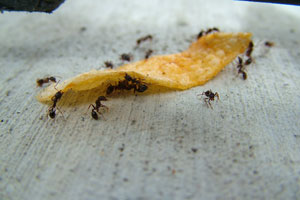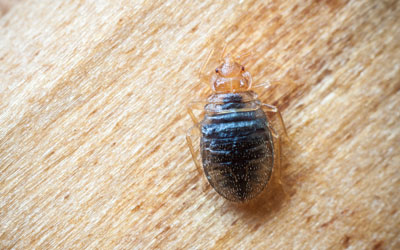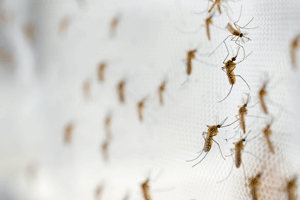Exploring the outdoors of Wisconsin is exciting for everyone, but there are pests in the tall grass that can ruin the fun. Ticks can cause discomfort for pets and pose many health risks. It’s essential to understand how to identify, remove, and prevent ticks to safeguard our dogs effectively.
Identifying Ticks and Where to Find Them
Ticks are small parasites that feed on animal blood. They tend to latch onto areas with less hair and more blood flow, such as the ears, neck, stomach, and legs. Tick bites can transmit diseases within 24 hours, which can cause a range of health issues in dogs. These diseases include:
Preventing Ticks on Your Dog
It’s best to use a tick-preventive product year-round for ongoing protection. There are different options available, including topical products, oral medications, and collars. Consult with your veterinarian to select the option that works the best for you.
In addition to using preventive products, you can take the following measures to help protect your dog from ticks:
- Perform daily tick checks, especially after outdoor activities.
- Avoid areas with tall grass, brush, or woods where ticks are commonly found.
- Keep your yard clean and well-maintained to reduce tick habitats.
Properly Removing a Tick
If you discover a tick on your dog, it’s crucial to remove it promptly. Follow these steps to successfully remove it:
- Use fine-tipped tweezers to grab the tick by the head.
- Pull directly upward with a steady, even force.
- Avoid twisting the tick; this can break off the mouth parts or sections of head of the tick and leave it in the skin.
- After removing the tick, wash and disinfect the area.
- Save the tick in a small jar for reference incase an illness arises.
Tick Prevention for Your Home
For comprehensive protection against ticks and other pests, Batzner Pest Control is here to help. Our expert team provides thorough inspections, customized treatment plans, and regular service schedules to keep you pest-free. You can enjoy peace of mind knowing that we have the experience, knowledge, and tools to prevent ticks. Don’t let ticks compromise your dog’s health and happiness. Contact Batzner Pest Control today to take proactive measures and ensure a tick-free environment for your furry friend.









